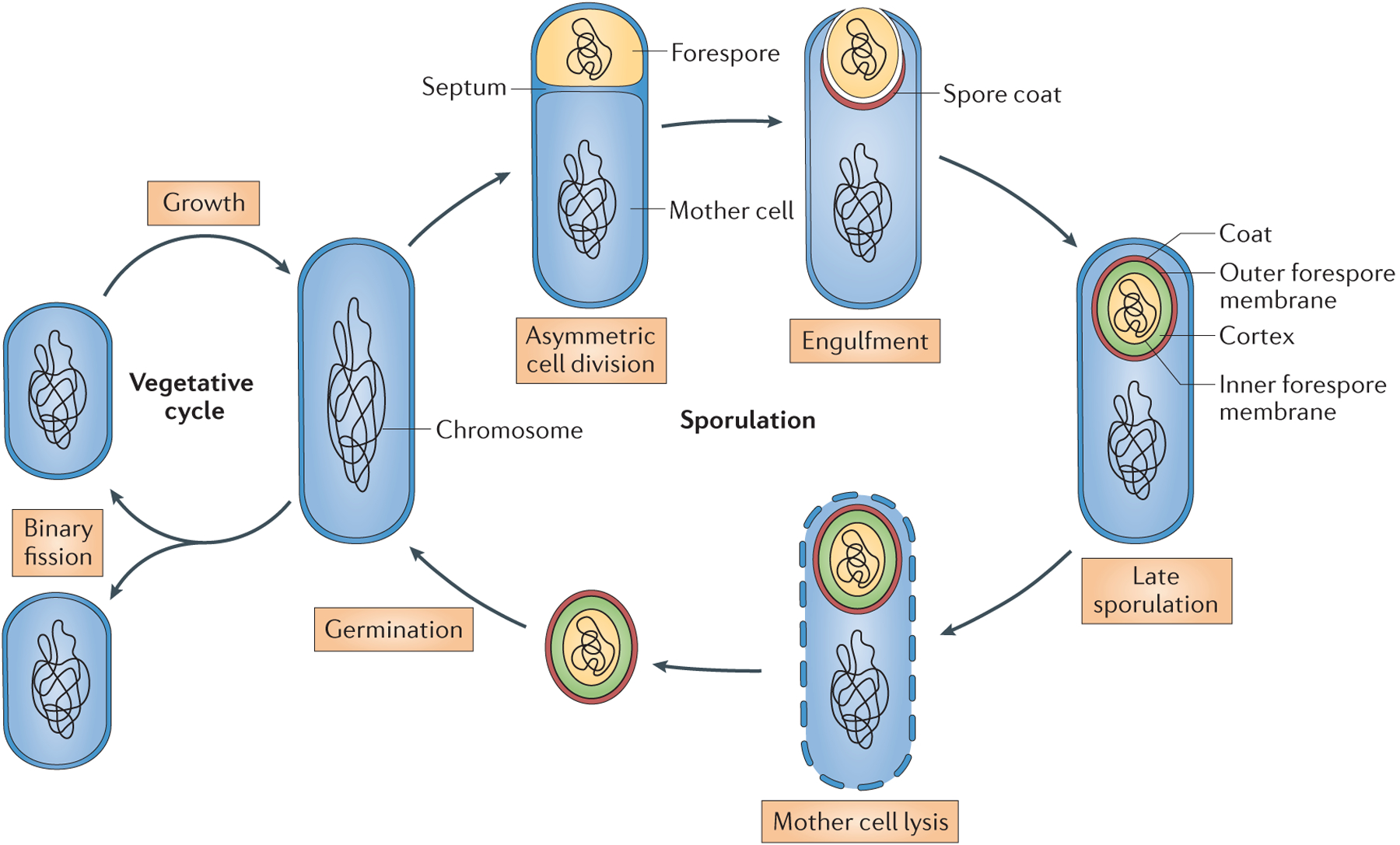Figure 1 |. The sporulation and germination cycle in Bacillus subtilis.

Sporulation begins when a sporangium divides asymmetrically to produce two compartments: the mother cell and the forespore, which are separated by a septum. Next, the mother cell engulfs the forespore, and following membrane fission at the opposite pole of the sporangium, a double-membrane bound forespore is formed. Coat assembly begins just after the initiation of engulfment and continues throughout sporulation. The peptidoglycan cortex between the inner and outer forespore membranes is assembled during late sporulation. In the final step, the mother cell lyses to release a mature spore into the environment. Spores are capable of quickly germinating and resuming vegetative growth in response to nutrients.
